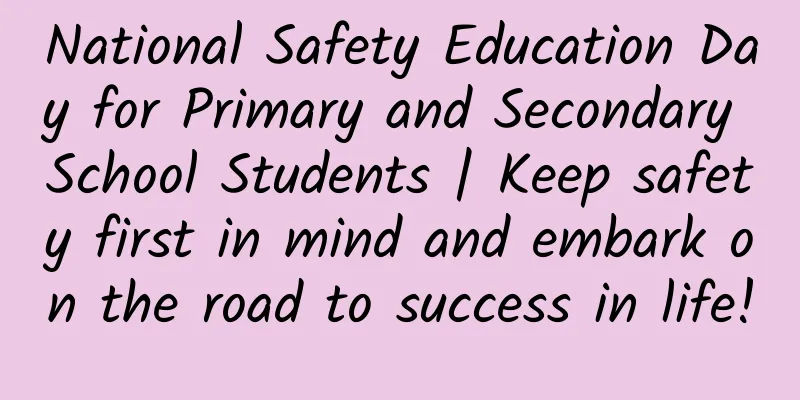Three ways to input wearable devices

|
With the development of wearable devices, we need some new ways of interaction. Since wearable devices have small screens or even no screen, text input becomes a big challenge. Maoz Shacht, CEO of mobile input method development company Ginger Software, published an article in venturebeat, exploring three ways of input on wearable devices. Traditional method No matter how the device develops, there will always be people who love full keyboards. When it comes to wearable devices, full keyboard enthusiasts still don't want to compromise. So we see that some people try touch keyboards, while others turn to virtual keyboards. For example, Minuum is a flexible input method that you can enlarge or reduce to reach different keys. Others have designed gloves that can be used as input devices to adapt to the layout of the full keyboard. Prediction method Using a full keyboard on a wearable device is undoubtedly a big design challenge. So someone came up with a way to improve it. Today, input methods on smartphones have predictive features. The input method analyzes the sentence the user enters and then gives the next possible word to enter. At the same time, it also understands the user's writing style in order to provide more accurate predictions. Inspired by this, wearable device developers began to try small keyboards, using fewer keys, and letting the software determine what word the user wants to enter. Another way is for users to doodle on the screen and then share it with friends. The keyboard with only emojis allows people to express their feelings without resorting to text. Voice Mode When it comes to wearable devices, voice input may be the most effective way to interact. Through voice recognition technology, wearable devices can identify the user's intention and convert it into some feasible operations, such as making calls, sending messages, confirming itineraries, etc. In this regard, Nuance is a leading company. It has cooperated with some technology companies to apply its voice technology to wearable devices. Voice seems to be the most suitable for wearable devices, but we must also see that voice input has existed for some time, and people still prefer keyboard input. One of the reasons is that when it comes to private communication, voice input makes people feel uncomfortable. In general, traditional keyboards no longer represent the future direction. With the development of wearable devices, input methods will become more diverse, including voice devices, predictive software, and some variant of the full keyboard. Link to this article: http://www.ifanr.com/480319 |
<<: HTML5 performance is not inferior to native apps. Use building blocks to create HTML5 products
>>: iCloud is not safe again. New tool surpasses the limit again
Recommend
Warning: Never put frozen food back into the refrigerator after thawing!
During the Spring Festival holiday, you may have ...
China Association of Automobile Manufacturers: From January to October 2021, the top ten car manufacturers sold a total of 5.018 million vehicles
According to statistics and analysis by the China...
How to promote APP and attract new users?
How to promote a primary APP? I personally think ...
A long-standing question: Can mobile hard drives and USB flash drives be hot-swapped? | Digital Literacy
Audit expert: Zheng Yuanpan Professor of Zhengzho...
15 online channels for event promotion!
Planning a complete event plan includes five impo...
Case sharing: How to use red envelope fission promotion to increase APP downloads?
The gameplay of the expanding red envelope is ver...
Advanced Sports Nutrition
Course Catalog ├──Diet for weight loss | ├──Nutri...
Peking University Energy Research Institute: Path and policy for carbon emissions peak in the power sector
my country has proposed to strive to peak carbon ...
Look, there really is “rich gold” in the fossils!
In many stone exhibitions or natural science muse...
The real-life version of "Taiyi Zhenren" is online: the lotus root that helps Nezha shape his body can also repair your bones!
Since its release on January 29, "Nezha 2&qu...
The latest research finds that the secret to the longevity of centenarians lies in their intestinal microorganisms?
Let's talk about aging today. Think about it,...
You can earn 100+ a day by executing it, a brainless project on Xianyu
Today I want to share with you an Xianyu project ...
Give Tencent PR a thumbs up
The negative reviews of Tencent’s investment have...
Brand solutions, sustainable creativity
As the end of the year approaches, how should we ...
They are all mung bean soups, but why are some red and some green? Which one is better?
It is the dog days of summer, and mung bean soup ...









